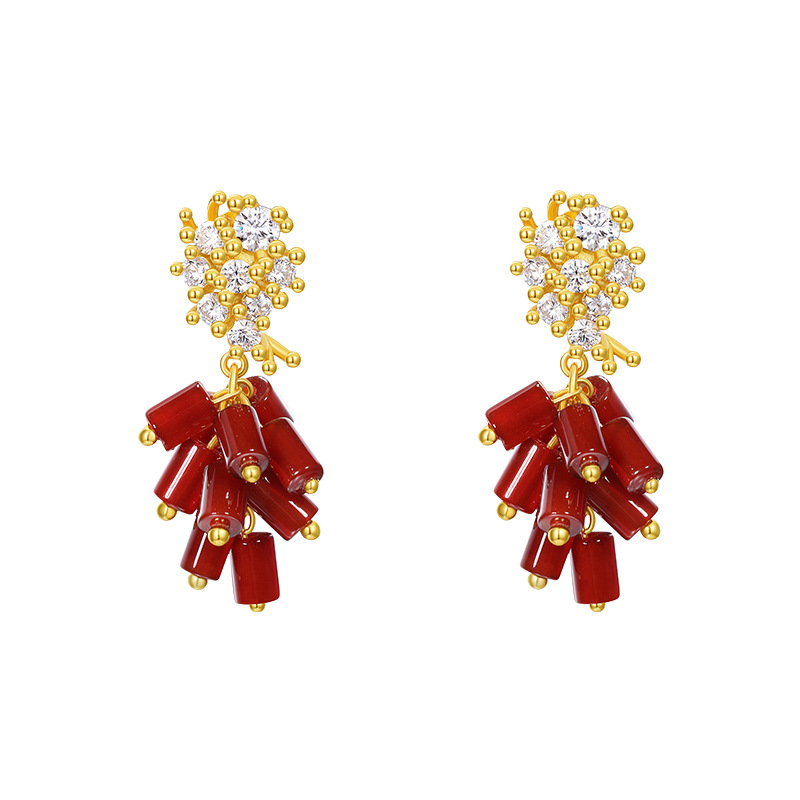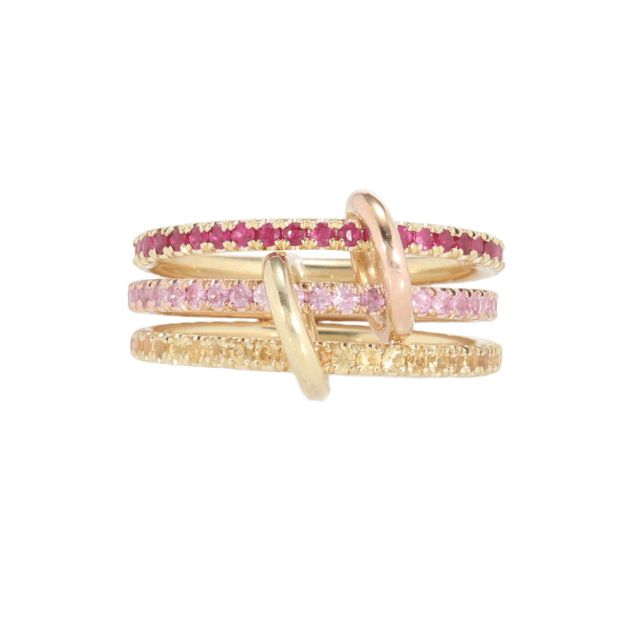Luxurious Dragon & Phoenix Zodiac Jewelry Collection
April 9, 2025 | News | No Comments

# Luxurious Dragon & Phoenix Zodiac Jewelry Collection: A Celebration of Chinese New Year
## The Timeless Elegance of High-End Zodiac Jewelry
As the Chinese New Year approaches, the world turns its attention to the rich cultural heritage and symbolism of this ancient celebration. Our Luxurious Dragon & Phoenix Zodiac Jewelry Collection captures the essence of this festive season through exquisite craftsmanship and precious materials. Each piece tells a story of prosperity, harmony, and good fortune – values deeply rooted in Chinese tradition.
## The Dragon & Phoenix: Symbols of Power and Harmony
The dragon and phoenix have long been revered in Chinese culture as the ultimate symbols of balance and prosperity. Our collection features:
– Intricately carved dragon motifs representing yang energy and imperial power
– Delicate phoenix designs embodying yin energy and feminine grace
– Harmonious combinations of both creatures symbolizing marital bliss
– Modern interpretations of these ancient symbols for contemporary wear
## Exquisite Craftsmanship Meets Cultural Significance
Every piece in our collection is meticulously handcrafted by master jewelers who have spent decades perfecting their art. We use only the finest materials:
– 18K gold in rose, yellow, and white variations
– Conflict-free diamonds and precious gemstones
– Rare jade and pearls with cultural significance
– Enamel work inspired by traditional Chinese techniques
## The Perfect Gift for Chinese New Year
Whether you’re celebrating your own heritage or honoring someone special during this festive season, our zodiac jewelry makes a meaningful gift:
“The Dragon & Phoenix pendant I gifted my daughter for her wedding was breathtaking. It carried our family’s blessings and traditions in the most beautiful way.” – Mrs. Zhang, Shanghai
## Collection Highlights
### 1. The Imperial Dragon Bangle
A statement piece featuring a dragon coiled around your wrist, its body set with alternating rubies and sapphires representing fire and water elements.
### 2. Phoenix Rising Earrings
These elegant drop earrings showcase the phoenix in flight, with pear-shaped diamonds forming its majestic tail feathers.
### 3. Yin-Yang Dragon & Phoenix Ring
A modern take on the classic symbolism, with the two creatures intertwined in perfect balance, crafted in two-tone gold.
## Celebrating Cultural Heritage Through Jewelry
Our Luxurious Dragon & Phoenix Zodiac Jewelry Collection does more than adorn – it connects wearers to centuries of tradition while making a bold contemporary statement. As we welcome the new lunar year, these pieces serve as talismans of good fortune and reminders of cultural pride.
Explore our complete collection online or visit our flagship stores in Hong Kong, Shanghai, and New York for a personal consultation with our jewelry experts.
May your new year be as radiant as the jewels in our collection!

